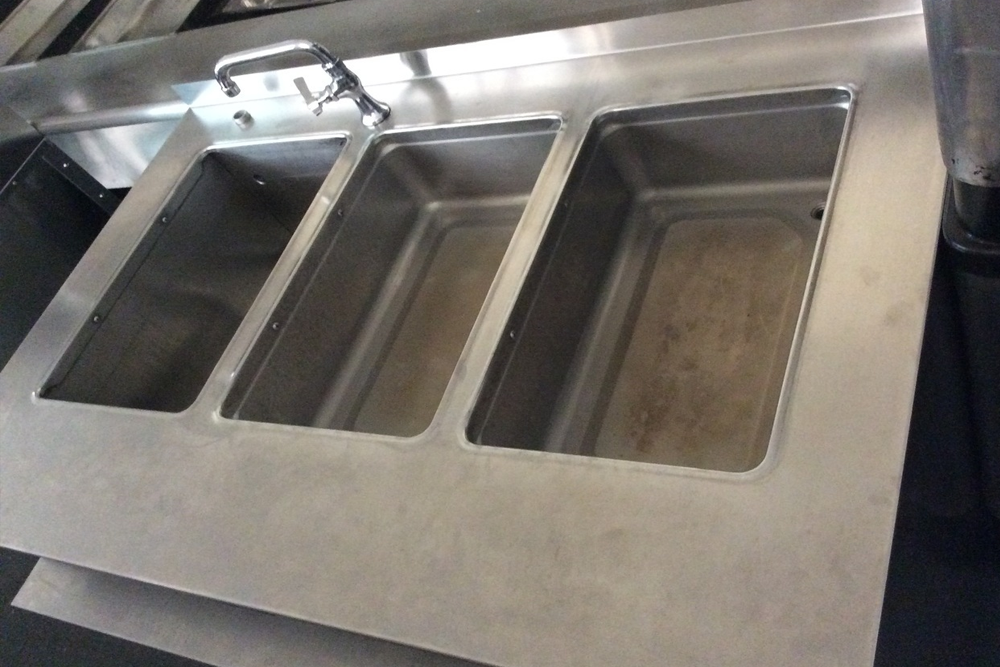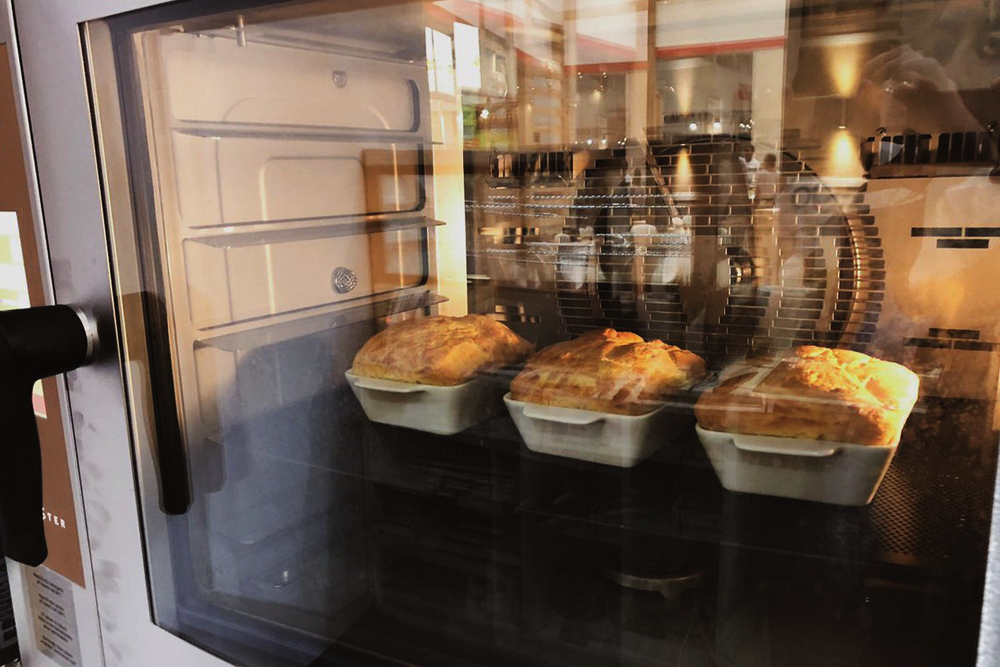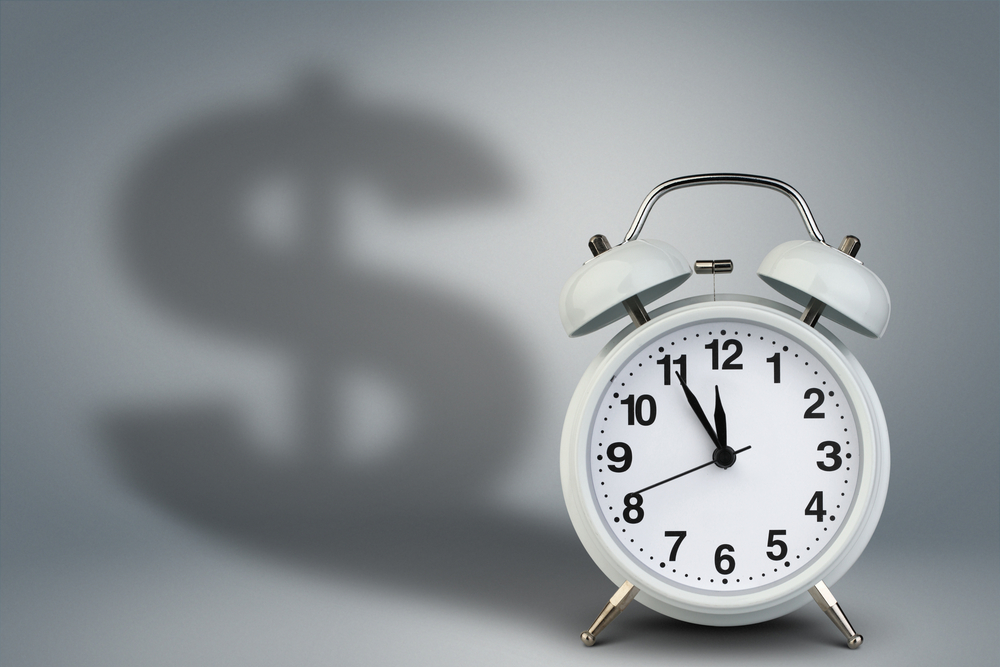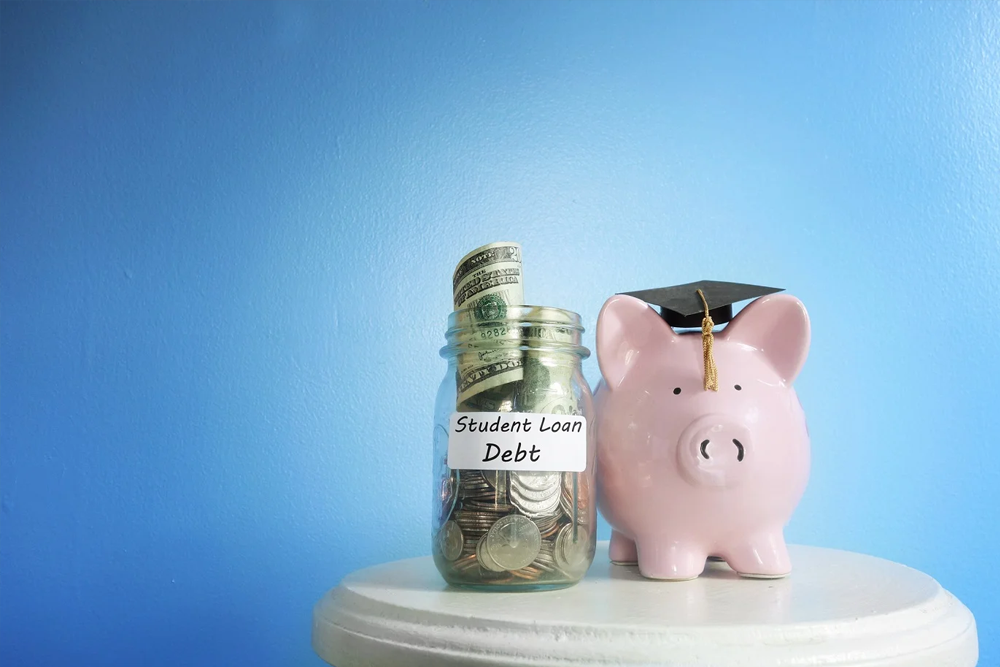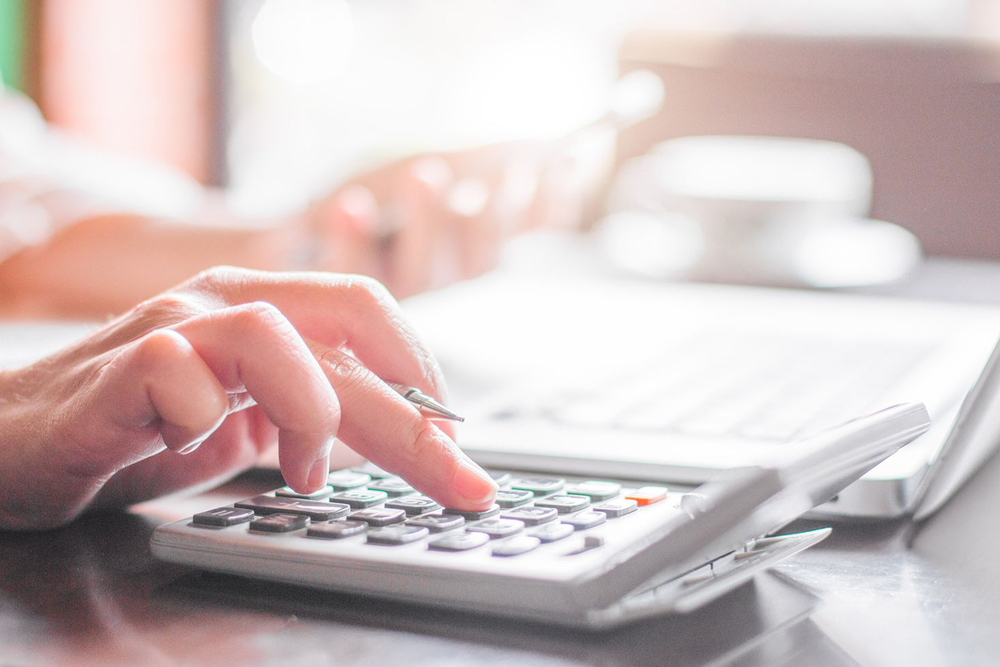
And whereas some of the criteria for developing a good credit score may feel arbitrary, it is essential to know what goes into your score so that you can have the best one possible.
And that brings us to credit utilization. Whereas less known and understood than such elements as to whether you pay your bills on time, credit utilization accounts for up to thirty percent of your FICO score. So it is essential. However, what exactly is credit utilization.
Also called the debt-to-credit ratio, it is the ratio of your overall outstanding balance to your overall credit card limit. To put it into numbers, if you have got a $5,000 limit across your credit cards and your total balances are $500, then your credit utilization percentage is ten-percent ($500/$5,000). It is essential to note that this only considers credit cards and other revolving debt, not installment loans like mortgages and student loans.
How Do You Calculate Credit Utilization Ratio?
Calculate your credit utilization rate and divide the amount of credit you have used (your credit card’s balance) by your credit limit. Then multiply it by one hundred (to make it a percentage).
The credit utilization ratio is calculated utilizing your credit limit across all your credit accounts ( think: credit lines, credit cards). It is simpler to let someone ( or something) calculate your overall credit utilization.
You can use Credit Sesame (for free!) to check your credit report and keep track of your credit score. It will also keep tabs on your credit utilization rates and notify you whenever it is getting too high.
What is a good credit utilization?
A good credit utilization ratio is regarded to be less than thirty-percent. Bear in mind; nonetheless, that thirty-percent is not a magic number, and lower utilization ratios can improve your credit score.
Why is credit utilization important?
Your credit utilization ratio is essential since it is a large determining factor for your credit score.
Typically, lenders use your credit score to determine your risk when it comes to borrowing money- and paying it back on time. A lower credit score shows a higher risk. This indicates you may only qualify for a loan with a high-interest rate or not qualify at all.
Below is a quick review of what goes into determining your FICO score. Note that your FICO score is just one credit scoring model; however, it is the version lenders typically use.
- 35 percent is payment history
- 30 percent is credit utilization
- 15 percent is the period of credit history
- 10 percent is different types of credit
- 10 percent is the number of inquiries
From the above overview, you can see that credit utilization and payment history are the two most essential factors for determining your credit score. That is because maxing out your credit cards every month indicates risk. Will you make your monthly mortgage payments on time if you are racking up debt.
The lower your credit utilization ratio ( as close to zero as possible), the better for your credit score. As a general principle of thumb: A low credit utilization rate indicates a higher credit score; a high rate indicates a lower credit score.
Overall Credit Utilization vs. Per Card
Credit scoring models consider both per-card credit utilization and overall credit utilization. Per credit card, credit utilization is calculated in the same way as explained earlier. So as you work to lower your credit utilization, focus on both your overall and per card usage.
Credit Utilization ratio matters differently based on your credit profile
For those people who have had a good credit score for many years, one month with a thirty-two credit utilization rate is not likely to affect your overall score that much. It might make your credit score dip for a bit; however, theoretically, it should bounce back soon after.
Nonetheless, if you have just begun establishing your credit, it can have a different impact on your credit. The thing here is to understand that changes in credit history can impact individuals differently based on several aspects, some of which FICO does not disclose.
7 Tips to lower your credit utilization
If you have calculated your credit utilization ratio and it is nowhere near that ideal ten-percent, below are some simple moves you can take to lower your credit utilization ratio and thus improve your credit score.
Reduce your spending
Cutting your expenses might be one of the simplest ways to reduce your credit utilization rate. Or at least do not charge as much to your credit card. Then, you are using less of your available credit.
Alternatively, you can use your credit card more like a debit card so you can reap the cashback and free travel rewards to consider the other tips.
Pay off your credit card balance early
To maintain a low credit utilization ratio, you will need to do more than pay your credit card bill on time- you will have to pay it before your credit card company reports your usage to the credit bureaus.
Nonetheless, this can be challenging. Credit card companies generally report your credit usage to the credit bureaus ate the end of your billing cycle. However, some will report it at the end of each month- or not at all. You will need to contact your credit card issuers and ask.
After you know, you can make efforts to pay down- or, better yet, off- your credit card before your credit utilization ratio is reported so you can avert a hit to your credit score.
Pay your bill twice monthly if you have got a big expenditure
If you have big spending, and you know you are going to get over thirty-percent, you can pay down your balance twice that month. This might assist you in keeping your credit utilization as low as possible. This is not necessarily a good strategy to use every month but can help in a pinch.
Request your credit card issuer for a credit limit increase
Provided you spend responsibly and pay off your credit card on time, it may be time to contact your credit card organization and request a higher credit limit. As far as you do not have an excessive amount of debt, it basically will not be an issue.
The key is to give yourself additional credit- but to keep your spending the same. So if you generally charge $1,000 to your credit card each month and have a $5,000 credit limit, you are already using twenty-percent of your total accessible credit. Raise your credit card limit to $7,000, and you have just automatically bumped your credit utilization down to fourteen-percent.
And remember that because you have more room to spend money, it does not mean you should.
Open another credit card
Similar to raising the credit limit on your credit card, you may consider opening a new credit card to increase your total accessible credit. Your credit limit on the new credit card will vary, and you possibly will not know what it is till after you have been approved, but it should give you some boost.
However, remember that applying for a credit card will trigger a hard inquiry into your credit report so the company can evaluate your risk (and thus approve or deny you), which could temporarily lower your credit score.
Get automatic alerts when your utilization ratio gets too high
Keep your credit utilization top of mind. You do not go to target, and while making your next purchase think about how it can affect your credit utilization ratio.
If you charge it to a credit card, though, it just might. You can frame up balances alerts on your credit card account, or use Credit Sesame text alerts to keep tabs on your overall credit score. You will get credit monitoring alerts that allow you to know your utilization rate is creeping into dangerous territory. Then you can cut back your credit card spending or hop into your account and make a payment.
Be cautious about closing accounts used just for rewards
This tip does not apply to the average consumer. However, for those in the credit card rewards game (which you should be), it is essential to remember that closing an account will lead to less overall credit. Whereas this seems obvious, it is necessary to consider that when thinking about your overall credit utilization ratio.
For travel hackers, enrolling for a card for its sign up bonus and then canceling that account a year later when the annual fees kick in, can be an excellent way to snag free flights. Nonetheless, if you do this too much or forget about your overall credit utilization ratio, you can negatively impact your credit score.
On the flip side, an active credit account that you do not actually use can boost your score. So ensure before canceling an account that it will hurt your overall credit utilization ratio significantly.
Generally, the credit utilization ratio plays an essential role in your credit score. Still, once you understand the basics about credit utilization, it is easy to keep it low- as far as you keep checking your spending.


